Written by Thomas Hendry, National Trust Ranger on the Farne Islands.

It’s day ten for me on Brownsman, Farne Islands, and I have to admit I really want a shower! There’s no running water on the island and the water we have here is for drinking and cooking. The reason I’m still on the island is that the seal pups have just started to be born. We saw the first on 16th October, which coincidently was exactly the same date as last year.
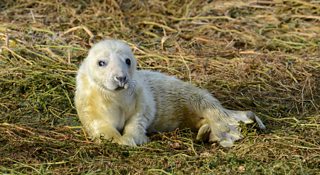
This morning, after a cup of tea, James the Assistant Ranger and I left the cottage and headed out for our daily walk around the island to look for pups. It is always with a mix of excitement and trepidation as you are never quite sure what you’re going to find.
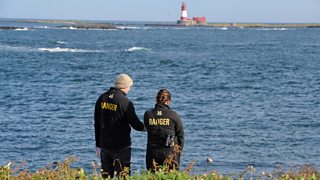
The Farnes is a special place as every day brings something different; be it a pod of dolphins, a violent storm or a cracking sunset. I love watching the wildlife and landscapes change with the seasons. It's a privilege to witness the life cycles of thousands of seabirds in the summer, only for them to leave and be replaced by newborn seal pups in the winter, at the most hostile time of year! Being a central part of this dynamic place is thrilling and humbling.
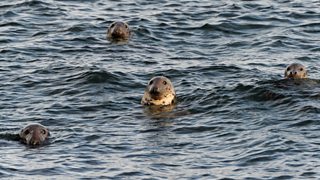
We found four this morning – all born overnight, taking the total up to 56 (there are already 136 across the five islands). They’re born with white, fluffy coats which unfortunately are not waterproof and make them extremely vulnerable to the elements in their first few weeks.

Seal pups have a mortality of 30% in their first month. This is a heart-breaking statistic, but unfortunately just part of the uphill battle in a seal pup's life.

Fortunately, grey seals are doing really well on the Farne Islands. Last year we counted 2,737 pups – an increase of 57% from five years ago. And this year, we’re expecting the same as they have no predators here (killer whales haven’t been seen in the waters surrounding the Farnes since the 1970s) and there is plenty of food as they eat pretty much anything.
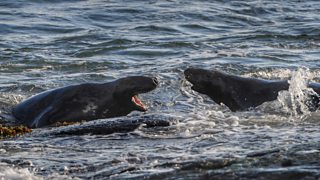
Globally grey seals are one on the rarest species so it’s important for the National Trust to keep a close eye on this colony. We have been counting the seals here since 1956 and this colony is one of the most studied colonies in the world.
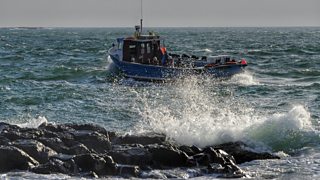
I leave Brownsman later today to head back to the mainland for two days (for a shower and a takeaway!) and I know that when I get back, there will be plenty more pups to count.
Brownsman, Farne Islands, is cared for by the .
All images courtesy of the National Trust and North News.
